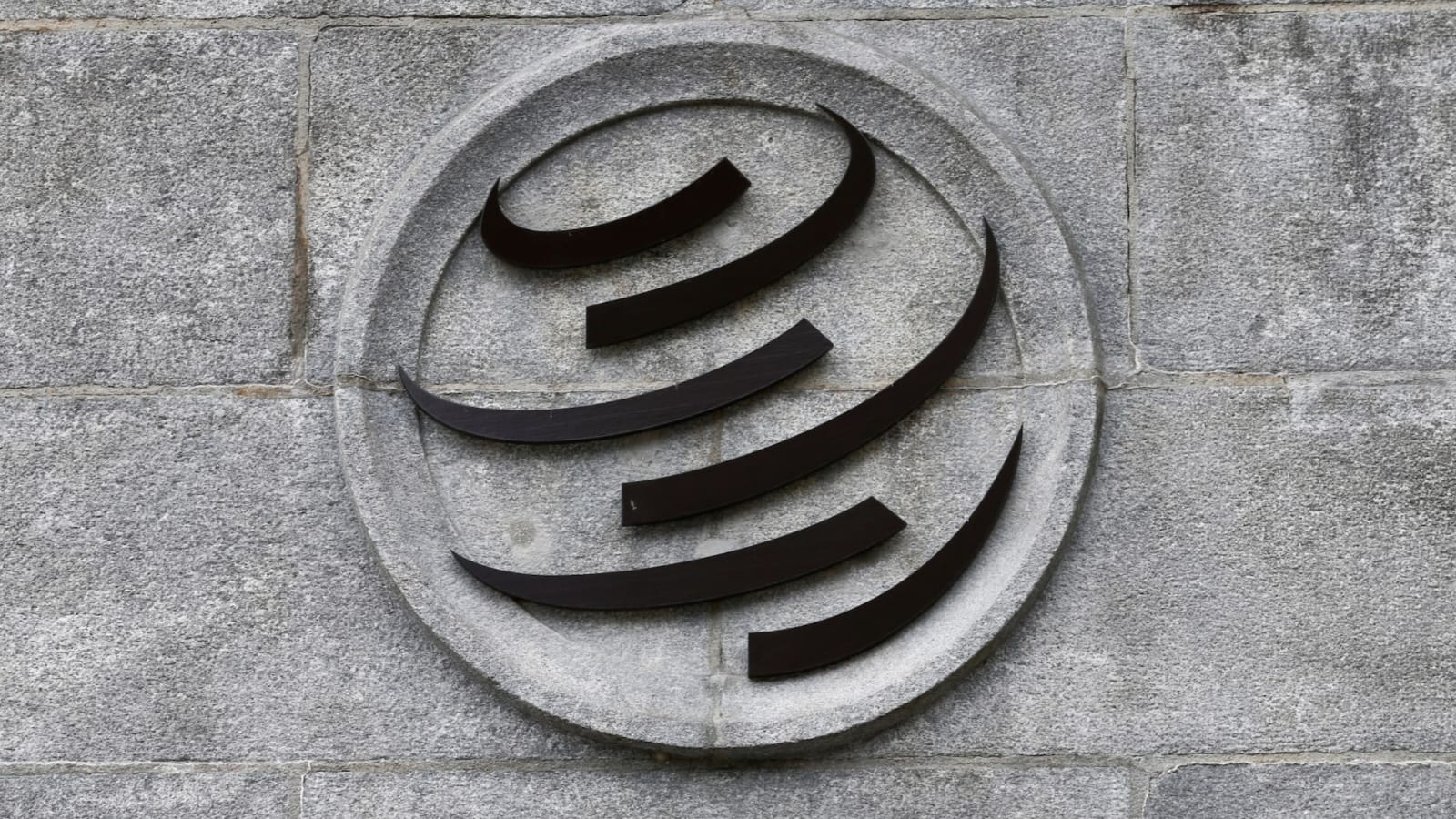India Ramps Up Student Evacuation from Conflict-Hit Iran

As the situation in Iran grows increasingly tense due to ongoing military hostilities in the region, the Government of India has launched Operation Sindhu, a humanitarian mission aimed at evacuating Indian nationals — primarily students — stranded across various Iranian cities. While the first batch of evacuees has already returned home safely, the families of hundreds still awaiting rescue are urging the Ministry of External Affairs (MEA) to accelerate the evacuation process before the conflict deepens further.
Iran, currently witnessing an escalated conflict involving retaliatory strikes and regional tensions, has become a danger zone for foreign nationals. Most vulnerable are the Indian students studying in universities across Tehran, Qom, and other parts of the country. Communication challenges and physical proximity to recent missile strikes have only intensified the panic back home in India.
First Group of Evacuated Students Returns Safely to India
The Indian government, through coordinated diplomatic and logistical efforts, initiated the first phase of evacuation by airlifting 110 Indian students out of Iran. Out of these, 94 were from the Kashmir Valley, who had been studying in institutions such as Tehran University and other nearby colleges. Their arrival in India marked the beginning of Operation Sindhu, a mission reminiscent of past evacuations carried out from Ukraine in 2022 and Sudan in 2023.
This operation was conducted with the support of the Indian Embassy in Tehran, which has maintained a 24/7 emergency helpline. Students were transported to safer areas before being flown back to India, a model that is being replicated for the remaining groups.
Students Relocated From Conflict Zones To Safer Iranian Cities
A major group of 140 Kashmiri students from Tehran University was relocated to Gilan Province, in the northern part of Iran, as part of precautionary safety measures. This was coordinated by both the university administration and the Indian mission. However, the distress continues to weigh heavily on these students, especially after two students were injured by shrapnel when a missile exploded near their dormitory in Tehran. While not directly targeted, the proximity to military activity underlined the urgent need for evacuation.
The Jammu and Kashmir Students Association (JKSA) has been vocal in raising this issue, requesting the MEA to ensure these students’ immediate evacuation. The association highlighted the emotional and mental trauma these students are enduring, even in relatively safer zones.
Families Express Fear and Frustration Amid Communication Breakdown
The situation on the ground has left families in India in a state of anxiety and helplessness. Many have not been able to communicate regularly with their children due to intermittent internet and mobile connectivity in affected regions of Iran.
Farooq Ahmad Lone, a concerned parent, shared: “We have four children in Iran — two are cousins and two are my nephew and niece. They were in Tehran and have now been shifted to Qom. Later, we heard they might be taken to Turkmenistan and eventually flown to Delhi. We hope they are brought back soon. They’ve been through trauma and should be flown straight to Kashmir.”
Families from Jammu and Kashmir are particularly worried due to the large number of students from the region enrolled in Iranian universities, many of whom had chosen Iran for affordable education in medical and theological fields.
Second Batch Relocated to Mashhad As Evacuation Continues
In another significant development, a second group of around 600 Indian students — including 500 from Kashmir — was successfully moved from Qom to Mashhad, a city in northeast Iran. This group had previously spent three days in Qom after being relocated from Tehran.
Evacuation flights for these students are now being scheduled, depending on clearances and safety assessments. According to official sources, the students are currently safe, housed in university accommodations or consular-designated shelters, and being provided food and basic amenities until they are evacuated.
Embassy Remains Active, But Concerns Over Delay Linger
While the Indian Embassy in Tehran has remained actively involved — coordinating logistics, housing, and safety communications — concerns continue over the speed of the operation. Parents and local representatives have acknowledged the efforts but are requesting faster action.
Nissar Ahmad, another parent, said: “There is a war going on between Iran and Israel. Our kids are in distress. Communication is limited. I spoke briefly with my daughter, and she said conditions were not good. Embassy officials have told them they’ll be moved to safer locations, but we appeal to the government to move them faster.”
India’s MEA has advised all Indian nationals in Iran to stay in touch with the Indian Embassy and the MEA’s 24×7 Control Room in New Delhi, which is monitoring the situation closely. The advisory also mentions avoiding travel to conflict zones within Iran and remaining vigilant in areas where military activity is likely.
Operational Challenges in a Region Under Military Strain
Iran has been under growing military pressure following a series of regional escalations. After suspected Israeli strikes in Syria and Iranian retaliation, areas like Tehran and Isfahan have witnessed military activity, causing global concern. While Indian students are not targeted, collateral damage risks remain high.
Evacuating citizens under such conditions poses major logistical and diplomatic hurdles. India’s previous evacuations — such as Operation Ganga from Ukraine and Operation Kaveri from Sudan — have shown its capability, but each conflict brings different geographical and political variables. Safe flight corridors, international airspace permissions, and on-ground logistics all affect timelines.
Iranian Universities Cooperate But Face Limitations
Iranian universities, such as those in Tehran, Qom, and Mashhad, have reportedly cooperated with Indian authorities by providing shelter and food, and assisting with safe relocations. However, many institutions are now functioning under emergency measures. Dormitories have been closed or repurposed, and academic activities have largely come to a halt. Some Indian students were attending medical, theological, or Islamic studies programs, many of which were nearing semester completion.
The universities have reassured students that their records and studies will be preserved and that options for continuation or deferment will be considered once peace is restored. But for now, their safety is the utmost priority.
No Political Involvement, Just Humanitarian Need for Evacuation
It is important to note that India is not taking sides in the ongoing conflict between Iran and Israel. New Delhi has consistently maintained a neutral diplomatic position, urging de-escalation through peaceful dialogue. Operation Sindhu, like previous humanitarian missions, is based on the protection of Indian lives rather than any political stance.
Evacuations are being carried out with the sole objective of bringing Indian citizens home safely, without interference or alignment with any nation’s strategic actions. As per sources in the Indian foreign ministry, decisions regarding additional flights or alternate evacuation routes (such as via Turkmenistan or Armenia) will depend on real-time assessments.
Final Thoughts: Hope for Speed, Prayers for Safety
As families across India, especially in Jammu and Kashmir, wait with bated breath, the government continues its efforts to bring every Indian back safely. The return of the first group has brought some comfort, but the emotional burden is far from over for those still awaiting their loved ones.
Operation Sindhu is progressing, but for parents living each day in uncertainty, time is of the essence. Their collective appeal is simple: accelerate the operation, ensure safety, and bring everyone home.
The situation remains dynamic, and updates from the MEA are expected in the coming days as diplomatic teams on the ground continue their tireless efforts.








1 Comment
[…] 11th International Day of Yoga was celebrated on Saturday with great enthusiasm across India and around the world. Tens of thousands gathered in parks, beaches, historic sites, and urban […]
Comments are closed.